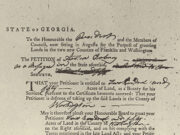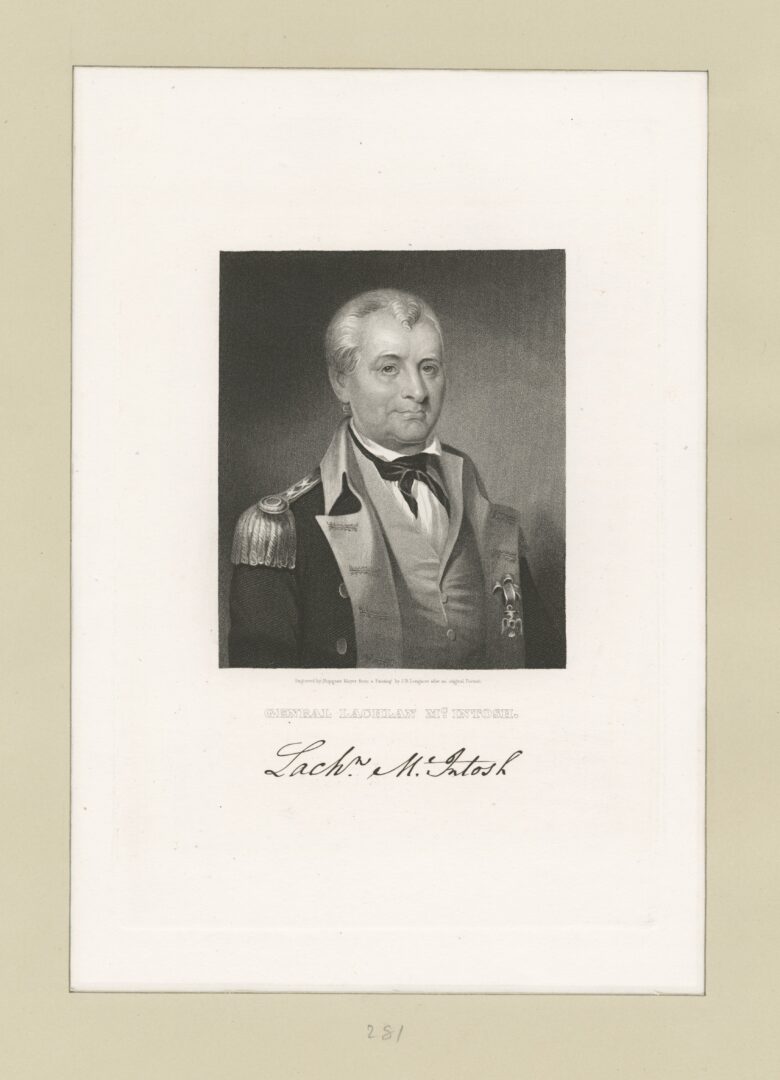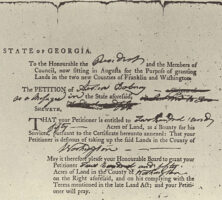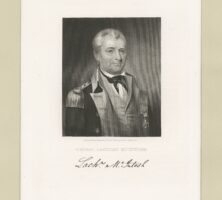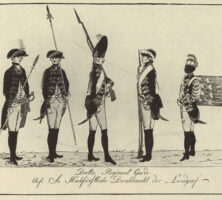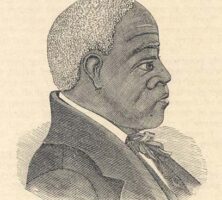The American Revolution (1775-83) probably affected both the system of slavery and the lives of enslaved individuals more in Georgia than in any other British colony. The disruption of the war offered the prospect of freedom to many thousands of enslaved people, but ultimately the reestablishment of the plantation economy after 1782 ensured that general emancipation remained a hope rather than a reality.
The War and Its Effect
Early in 1776 Georgia’s last royal governor, Sir James Wright, in effect surrendered the colony to Continental forces and left for London, England, along with many Loyalists. Hopes that the war in Georgia was over proved premature, however, as within weeks of Governor Wright’s departure, British raiding parties from east Florida crossed into Georgia to destroy property and seize enslaved people as spoils of war. Retaliatory raids led by Lachlan McIntosh, commander of Georgia’s Continental troops, set the wartime pattern that enslaved people would be taken, first by one side and then the other, as legitimate plunder.
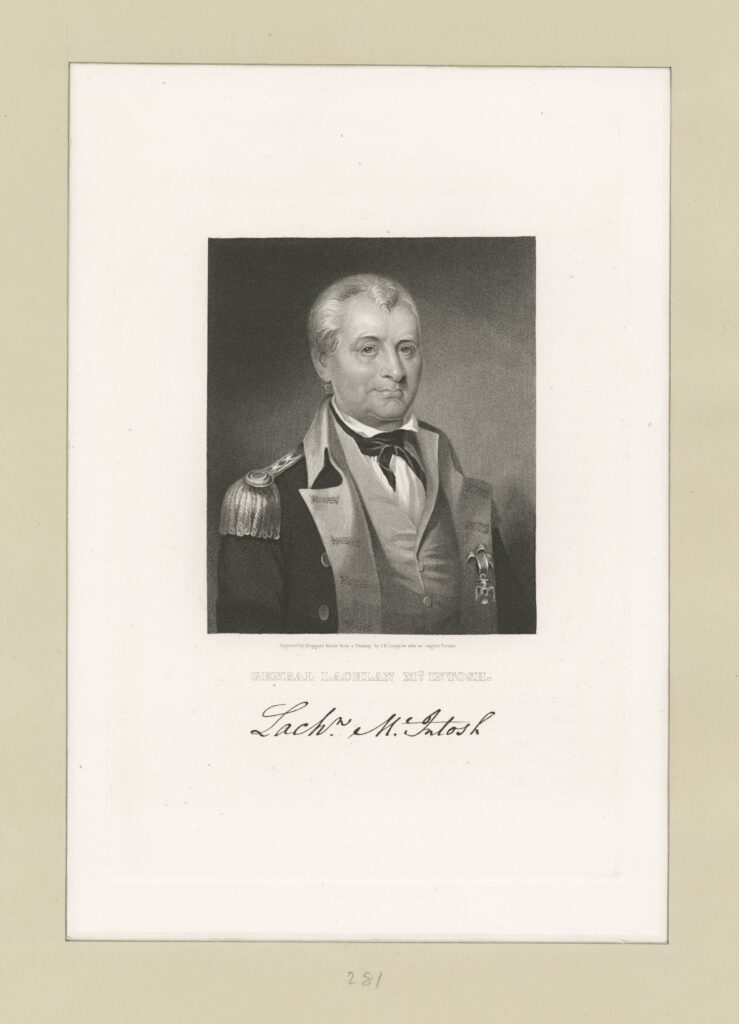
Image from the New York Public Library Digital Collections
The British saw Georgia as the key to restoring control over the southern colonies. Not only did Georgia have a large population of Loyalists, which many other colonies lacked, but also it was poorly defended. When the British landed near Savannah in late 1778, it took only a few months for them to restore Georgia to royal control.
The several changes of government had a great effect on Georgia’s enslaved population. Loyalist slave owners fleeing in 1776 were replaced by patriot slave owners, who themselves fled in 1778. In the confusion white authorities often either did not notice enslaved people leaving plantations or could not prevent them from doing so. It is estimated that perhaps 5,000 of Georgia’s 15,000 enslaved men, women, and children escaped from bondage during this period. Many drifted toward Savannah and the economic opportunities that the city offered, while others left in search of family and friends who resided on other plantations. A small number formed communities in isolated districts that offered a long-term prospect of freedom from white ownership and exploitation.
Throughout the period of the British occupation of Savannah, enslaved people were used by both sides as a form of currency. Individuals seized in raids were given to soldiers as partial payment for their services, and enslaved people belonging to enemy forces were understood to be a legitimate spoil of war. Many hundreds of enslaved people were captured by raiding parties of Loyalist and patriot forces and forcibly taken to districts some distance from their former plantations. Inevitably, a significant number of people were killed during these raids or died during the journeys.
About a year after the British reoccupation of Savannah, American and French forces combined to lay siege to the city. The British were quick to require all slave owners to surrender a portion of the people they enslaved to aid in the construction of the city’s substantial defenses. Although the use of slave labor in this way was not unusual, far more controversial was the arming of a small number of Black Georgians, who fought in return for a promise of freedom. On several occasions American soldiers fought against Black troops dressed in British uniforms, and the active participation of Black residents almost certainly ensured that the British were able to withstand the Siege of Savannah successfully.
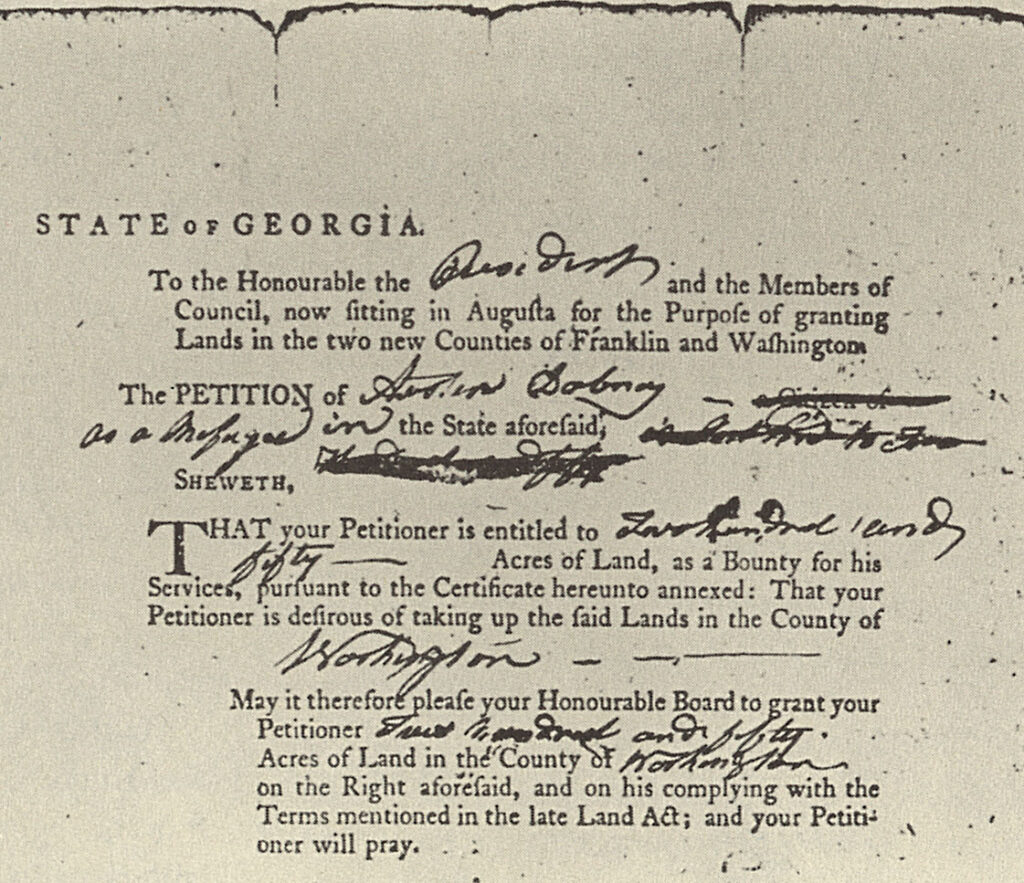
From The Black Presence in the Era of the American Revolution, by S. Kaplan and E. N. Kaplan
Black Life in Royal Savannah
With Savannah seemingly restored to British control for good, civilian government was reinstituted under Governor Wright. Black Savannahians tried to keep some of the freedoms that they had gained during the siege. White residents noticed that many Blacks lived independently, seemingly without masters, and that they engaged in economic enterprise for their own benefit. Furthermore, many Blacks carried guns after serving in the king’s forces. Clearly, the old system of racial slavery had been undermined by events during the Revolution. White control over enslaved African Americans was weak, and many liberties seized by enslaved people during the British occupation were maintained.
Of all the changes that occurred during the Revolution, the emergence of an independent Black church ranks as the most significant long-term development for enslaved people in the Lowcountry. During the 1770s evangelical Christianity began to have an impact among Georgia’s enslaved African Americans, especially on plantations near Augusta. Amid the Revolutionary turmoil such Christian bondsmen as David George and Jesse Peters fled to British-held Savannah. Together with George Liele, who joined them after the death of his Loyalist owner in 1779, they initiated the first Black Baptist gatherings in the city. All three left Savannah after the war, but a new convert, Andrew Bryan, remained there to continue the Baptist meetings, eventually instituting the First African Baptist church. Bryan was ordained in 1788.
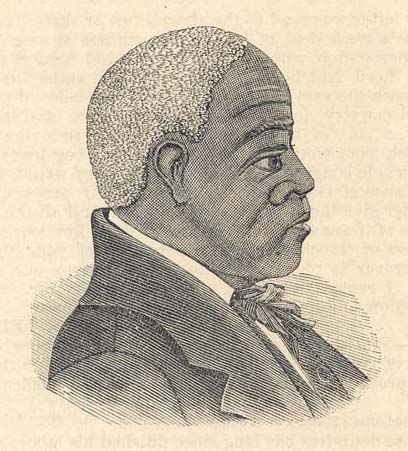
Reprinted by permission of the University Library, University of North Carolina
The importance of an independent Black church should not be underestimated. Religiously minded white slaveholders emancipated those who became pastors of this congregation. As free Black leaders of a church whose congregation was nearly all enslaved, pastors had an immense influence in the Black community. For the remainder of the antebellum era, Black churches in the Lowcountry had a significant role in the lives of many thousands of people.
End of the Revolution
British defeats in the backcountry of Georgia and the Carolinas, coupled with Lord Cornwallis’s defeat at Yorktown, Virginia, brought the war to an effective end in 1781 (though the Treaty of Paris wasn’t signed until 1783). The British organized an evacuation of Loyalists from Savannah and Charleston, South Carolina, during 1782. Those loyal to the crown took thousands of enslaved Africans with them to exile in Florida, the Bahamas, Jamaica, and Nova Scotia. Patriots who returned to the Lowcountry in 1782 found their plantations in disarray, with most people they enslaved gone and little information as to their whereabouts. Over the next few years, as runaway bands were captured and dispersed, many enslaved people were returned to their former owners.
The American Revolution probably affected the lives of nearly all enslaved men and women in coastal Georgia. Some were killed in war; many more fled to try to find a better life for themselves. Only a small fraction of those actually found that better life, either in freedom or in exile far from the Georgia plantations.


